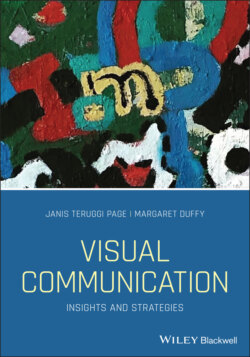Читать книгу Visual Communication - Janis Teruggi Page - Страница 18
Our Precarious Visual Culture
ОглавлениеToday, something that looks like a photo may be an image that's digitally produced, altered, or enhanced. Many images are essentially fictions deliberately created to amuse, to deceive, or to offer an artistic perspective. Many of these are shared and even go viral. They range from silly fictions and jokes, such as fried chicken Oreos and a man presumably holding an 87‐pound cat, to manipulated photos attempting character assassination, such as President Obama shown smoking and President George W. Bush shown reading a book upside down (Hoaxes, 2015).
Some are memes shared by like‐minded people. These images with text make fun of public figures or celebrities and often call on well‐known popular culture references and icons. For example, during the Obama presidency, many forwarded email memes pictured Obama through the lens of racial stereotyping portraying him as a witch doctor, an animal, and even a pimp (Duffy et al., 2012).
For some people, such images are plausible and shareable and even if they don't literally believe the message, they nonetheless appear to believe that the visual joke carries an element of truth. The same message put into type likely would be patently offensive. However, in a cartoon‐like meme, senders and receivers of the image can claim that “it's just a joke.” For others, the images offer the opportunity to further manipulate or mashup visuals and videos to create entirely new messages and meanings. People can take photos and add stickers, filters, doodles, and text overlays. They can edit and crop images, create collages and mashups. And, of course, they can and do share them.
